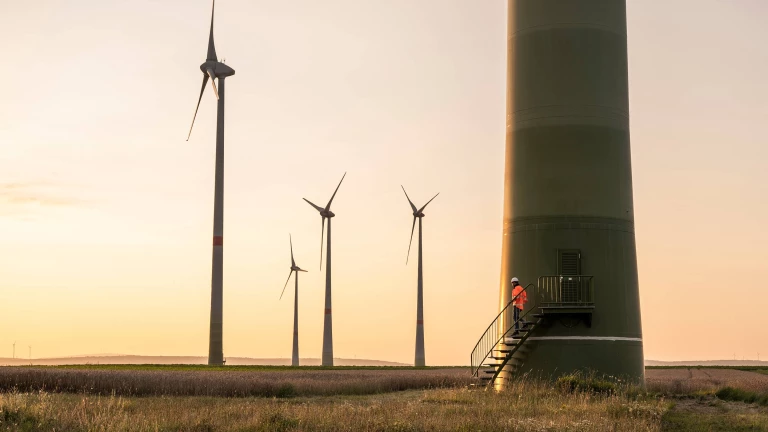The global community has made good progress in the fight to mitigate climate change. Governments and companies alike are committed to reaching ambitious net-zero targets in two or three decades. But mitigation alone won’t be enough. It’s critically important that leaders also address the challenges of adapting to climate change and making communities resilient to its impact.
Climate change isn’t just a problem for the future. It’s here, and we’re seeing the effects now. Yet few governments or companies are adequately preparing for the consequences.
Not a day goes by without a jolt of hard reality. Consider: Extreme heat and drought across the northern hemisphere. Wildfires across Australia. Devastating floods in Pakistan, India, and China. Populations in Fiji and the Solomon Islands being moved to escape rising sea levels. Lost incomes, damage to property and infrastructure, and economic disruption are mounting. What’s more, extreme weather events in one part of the planet pose major risks to manufacturing networks and supply chains around the world. We also know these problems will grow progressively more severe—even under the most optimistic scenarios.
The world is waking up to this crisis. Adaptation and resilience will be a key focus at this November’s COP27 climate conference in Egypt. The funding devoted to adaptation and resilience efforts in low- and middle-income nations has doubled over the past five years, to around $50 billion.
But this isn’t enough. By some estimates, up to $300 billion will be required annually for adaptation alone by 2030. The most vulnerable nations—such as those in sub-Saharan Africa, South Asia, and Southeast Asia—are often also those with the fewest resources available to adjust to climate change and address the needs of their populations. Yet today, much of the climate-change assistance for low-income economies comes from development financial institutions and aid agencies. Going forward, corporations and governments in higher-income nations will need to contribute much more, both abroad and at home.
Corporations and governments in higher-income nations need to contribute much more to climate adaptation, both abroad and at home.
I recently spoke with government officials in one Western economy. “We’re comfortable with our mitigation agenda to meet net zero,” one said. “But our electorate is asking what we’re doing now to deal with the ever-increasing number of wildfires, floods, and heat waves.” Many nations have yet to prepare adequate action plans for addressing the immediate threats of climate change.
What does a robust adaptation and resilience action plan entail? It starts with getting a firm handle on climate risks. We need to develop a set of fact-based scenarios from the best available data on projected sea levels, temperatures, and the likely impact on the most vulnerable populations, economies, and ecosystems. Then leaders need to develop national strategies that identify the optimal portfolio of solutions and investment priorities for addressing the socioeconomic and environmental impacts. A successful strategy will involve a range of government agencies as well as the private sector and will mobilize much-needed finance.
There should, of course, be no easing up on action to mitigate climate change. But business and government leaders must also actively address this challenge on a second front—adaptation and resilience.







